|
AP Learning Objective:
Explain how different reform movements responded to the rise of industrial capitalism in the Gilded Age. Learning Target: I can describe the major issues that emerged as Americans moved into cities, and I can analyze the ways in which they were addressed. Critical Vocabulary: Homestead Act, Exodusters, Great Sioux War, Ghost Dance, Dawes Act, New Immigrants, Chinese Exclusion Act, Political Machines, Patronage, Pendleton Act, Populist Party, Omaha Platform, Laissez Faire Economics,Social Darwinism, Vertical Integration, Horizontal Integration, Monopoly, A Gospel of Wealth, American Federation of Labor, Industrial Workers of the World, Homestead Strike, Pullman Strike, Triangle Shirtwaist Factory Fire, Muckrakers, Social Gospel Movement, Settlement House Movement, Atlanta Compromise, Niagara Movement, Square Deal, Trust-Buster, The Jungle, Meat Inspection Act, Pure Food and Drug Act, Progressive Party, New Nationalism, New Freedom, Sixteenth Amendment, Federal Reserve Act, Clayton Anti-Trust Act, Seventeenth Amendment, Eighteenth Amendment, Nineteenth Amendment Today's Agenda:
0 Comments
AP Learning Objective:
Explain how different reform movements responded to the rise of industrial capitalism in the Gilded Age. Learning Target: I can describe the major issues that emerged as Americans moved into cities, and I can analyze the ways in which they were addressed. Critical Vocabulary: Homestead Act, Exodusters, Great Sioux War, Ghost Dance, Dawes Act, New Immigrants, Chinese Exclusion Act, Political Machines, Patronage, Pendleton Act, Populist Party, Omaha Platform, Laissez Faire Economics,Social Darwinism, Vertical Integration, Horizontal Integration, Monopoly, A Gospel of Wealth, American Federation of Labor, Industrial Workers of the World, Homestead Strike, Pullman Strike, Triangle Shirtwaist Factory Fire, Muckrakers, Social Gospel Movement, Settlement House Movement, Atlanta Compromise, Niagara Movement, Square Deal, Trust-Buster, The Jungle, Meat Inspection Act, Pure Food and Drug Act, Progressive Party, New Nationalism, New Freedom, Sixteenth Amendment, Federal Reserve Act, Clayton Anti-Trust Act, Seventeenth Amendment, Eighteenth Amendment, Nineteenth Amendment Today's Agenda:
AP Learning Objective:
Explain how different reform movements responded to the rise of industrial capitalism in the Gilded Age. Learning Target: I can describe the major issues that emerged as Americans moved into cities, and I can analyze the ways in which they were addressed. Critical Vocabulary: Homestead Act, Exodusters, Great Sioux War, Ghost Dance, Dawes Act, New Immigrants, Chinese Exclusion Act, Political Machines, Patronage, Pendleton Act, Populist Party, Omaha Platform, Laissez Faire Economics,Social Darwinism, Vertical Integration, Horizontal Integration, Monopoly, A Gospel of Wealth, American Federation of Labor, Industrial Workers of the World, Homestead Strike, Pullman Strike, Triangle Shirtwaist Factory Fire, Muckrakers, Social Gospel Movement, Settlement House Movement, Atlanta Compromise, Niagara Movement, Square Deal, Trust-Buster, The Jungle, Meat Inspection Act, Pure Food and Drug Act, Progressive Party, New Nationalism, New Freedom, Sixteenth Amendment, Federal Reserve Act, Clayton Anti-Trust Act, Seventeenth Amendment, Eighteenth Amendment, Nineteenth Amendment Today's Agenda:
AP Learning Objective:
Explain how different reform movements responded to the rise of industrial capitalism in the Gilded Age. Learning Target: I can describe the major issues that emerged as Americans moved into cities, and I can analyze the ways in which they were addressed. Critical Vocabulary: Homestead Act, Exodusters, Great Sioux War, Ghost Dance, Dawes Act, New Immigrants, Chinese Exclusion Act, Political Machines, Patronage, Pendleton Act, Populist Party, Omaha Platform, Laissez Faire Economics,Social Darwinism, Vertical Integration, Horizontal Integration, Monopoly, A Gospel of Wealth, American Federation of Labor, Industrial Workers of the World, Homestead Strike, Pullman Strike, Triangle Shirtwaist Factory Fire, Muckrakers, Social Gospel Movement, Settlement House Movement, Atlanta Compromise, Niagara Movement, Square Deal, Trust-Buster, The Jungle, Meat Inspection Act, Pure Food and Drug Act, Progressive Party, New Nationalism, New Freedom, Sixteenth Amendment, Federal Reserve Act, Clayton Anti-Trust Act, Seventeenth Amendment, Eighteenth Amendment, Nineteenth Amendment Today's Agenda:
AP Learning Objective:
Explain the socioeconomic continuities and changes associated with the growth of industrial capitalism from 1865 to 1898. Learning Target: I can describe the growth of industry in the United States, and I can assess its impact on American society. Critical Vocabulary: Homestead Act, Exodusters, Great Sioux War, Ghost Dance, Dawes Act, New Immigrants, Chinese Exclusion Act, Political Machines, Patronage, Pendleton Act, Populist Party, Omaha Platform, Laissez Faire Economics,Social Darwinism, Vertical Integration, Horizontal Integration, Monopoly, A Gospel of Wealth, American Federation of Labor, Industrial Workers of the World, Homestead Strike, Pullman Strike, Triangle Shirtwaist Factory Fire, Muckrakers, Social Gospel Movement, Settlement House Movement, Atlanta Compromise, Niagara Movement, Square Deal, Trust-Buster, The Jungle, Meat Inspection Act, Pure Food and Drug Act, Progressive Party, New Nationalism, New Freedom, Sixteenth Amendment, Federal Reserve Act, Clayton Anti-Trust Act, Seventeenth Amendment, Eighteenth Amendment, Nineteenth Amendment Today's Agenda:
AP Learning Objective:
Explain the socioeconomic continuities and changes associated with the growth of industrial capitalism from 1865 to 1898. Learning Target: I can describe the growth of industry in the United States, and I can assess its impact on American society. Critical Vocabulary: Homestead Act, Exodusters, Great Sioux War, Ghost Dance, Dawes Act, New Immigrants, Chinese Exclusion Act, Political Machines, Patronage, Pendleton Act, Populist Party, Omaha Platform, Laissez Faire Economics,Social Darwinism, Vertical Integration, Horizontal Integration, Monopoly, A Gospel of Wealth, American Federation of Labor, Industrial Workers of the World, Homestead Strike, Pullman Strike, Triangle Shirtwaist Factory Fire, Muckrakers, Social Gospel Movement, Settlement House Movement, Atlanta Compromise, Niagara Movement, Square Deal, Trust-Buster, The Jungle, Meat Inspection Act, Pure Food and Drug Act, Progressive Party, New Nationalism, New Freedom, Sixteenth Amendment, Federal Reserve Act, Clayton Anti-Trust Act, Seventeenth Amendment, Eighteenth Amendment, Nineteenth Amendment Today's Agenda:
AP Learning Objective:
Explain the socioeconomic continuities and changes associated with the growth of industrial capitalism from 1865 to 1898. Learning Target: I can describe the growth of industry in the United States, and I can assess its impact on American society. Critical Vocabulary: Homestead Act, Exodusters, Great Sioux War, Ghost Dance, Dawes Act, New Immigrants, Chinese Exclusion Act, Political Machines, Patronage, Pendleton Act, Populist Party, Omaha Platform, Laissez Faire Economics,Social Darwinism, Vertical Integration, Horizontal Integration, Monopoly, A Gospel of Wealth, American Federation of Labor, Industrial Workers of the World, Homestead Strike, Pullman Strike, Triangle Shirtwaist Factory Fire, Muckrakers, Social Gospel Movement, Settlement House Movement, Atlanta Compromise, Niagara Movement, Square Deal, Trust-Buster, The Jungle, Meat Inspection Act, Pure Food and Drug Act, Progressive Party, New Nationalism, New Freedom, Sixteenth Amendment, Federal Reserve Act, Clayton Anti-Trust Act, Seventeenth Amendment, Eighteenth Amendment, Nineteenth Amendment Today's Agenda:
Homework: The Age of Industry Reading AP Learning Objective:
Explain the socioeconomic continuities and changes associated with the growth of industrial capitalism from 1865 to 1898. Learning Target: I can describe the growth of industry in the United States, and I can assess its impact on American society. Critical Vocabulary: Homestead Act, Exodusters, Great Sioux War, Ghost Dance, Dawes Act, New Immigrants, Chinese Exclusion Act, Political Machines, Patronage, Pendleton Act, Populist Party, Omaha Platform, Laissez Faire Economics,Social Darwinism, Vertical Integration, Horizontal Integration, Monopoly, A Gospel of Wealth, American Federation of Labor, Industrial Workers of the World, Homestead Strike, Pullman Strike, Triangle Shirtwaist Factory Fire, Muckrakers, Social Gospel Movement, Settlement House Movement, Atlanta Compromise, Niagara Movement, Square Deal, Trust-Buster, The Jungle, Meat Inspection Act, Pure Food and Drug Act, Progressive Party, New Nationalism, New Freedom, Sixteenth Amendment, Federal Reserve Act, Clayton Anti-Trust Act, Seventeenth Amendment, Eighteenth Amendment, Nineteenth Amendment Today's Agenda:
Homework: The Growth of Industry Reading AP Learning Objective:
Explain the similarities and differences between the political parties during the Gilded Age. Learning Target: I can discuss the issues that dominated American politics at the national and state level during the Gilded Age. Critical Vocabulary: Homestead Act, Exodusters, Great Sioux War, Ghost Dance, Dawes Act, New Immigrants, Chinese Exclusion Act, Political Machines, Patronage, Pendleton Act, Populist Party, Omaha Platform, Laissez Faire Economics,Social Darwinism, Vertical Integration, Horizontal Integration, Monopoly, A Gospel of Wealth, American Federation of Labor, Industrial Workers of the World, Homestead Strike, Pullman Strike, Triangle Shirtwaist Factory Fire, Muckrakers, Social Gospel Movement, Settlement House Movement, Atlanta Compromise, Niagara Movement, Square Deal, Trust-Buster, The Jungle, Meat Inspection Act, Pure Food and Drug Act, Progressive Party, New Nationalism, New Freedom, Sixteenth Amendment, Federal Reserve Act, Clayton Anti-Trust Act, Seventeenth Amendment, Eighteenth Amendment, Nineteenth Amendment Today's Agenda:
Homework: The Growth of Industry Reading AP Learning Objective:
Explain the similarities and differences between the political parties during the Gilded Age. Learning Target: I can discuss the issues that dominated American politics at the national and state level during the Gilded Age. Critical Vocabulary: Homestead Act, Exodusters, Great Sioux War, Ghost Dance, Dawes Act, New Immigrants, Chinese Exclusion Act, Political Machines, Patronage, Pendleton Act, Populist Party, Omaha Platform, Laissez Faire Economics,Social Darwinism, Vertical Integration, Horizontal Integration, Monopoly, A Gospel of Wealth, American Federation of Labor, Industrial Workers of the World, Homestead Strike, Pullman Strike, Triangle Shirtwaist Factory Fire, Muckrakers, Social Gospel Movement, Settlement House Movement, Atlanta Compromise, Niagara Movement, Square Deal, Trust-Buster, The Jungle, Meat Inspection Act, Pure Food and Drug Act, Progressive Party, New Nationalism, New Freedom, Sixteenth Amendment, Federal Reserve Act, Clayton Anti-Trust Act, Seventeenth Amendment, Eighteenth Amendment, Nineteenth Amendment Today's Agenda:
Homework: Gilded Age Politics Reading |
A life is not important except in the impact it has on other lives.
-Jackie Robinson AnnouncementsMarch 6: Bullitt Day
March 30-April 3: Spring Break ResourcesArchives
March 2020
|
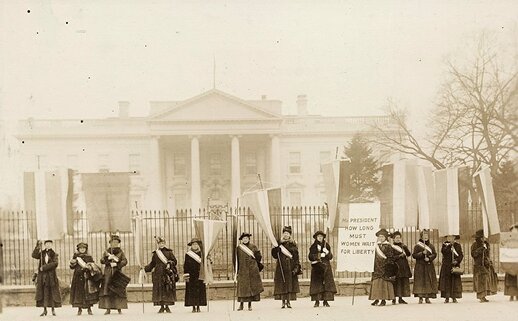
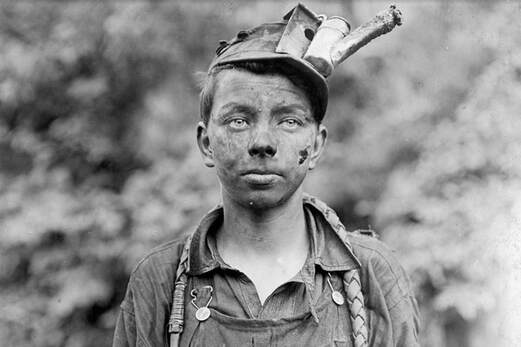
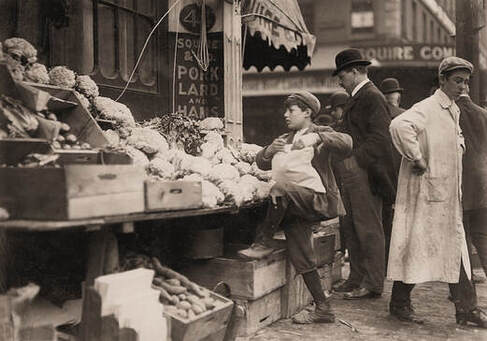
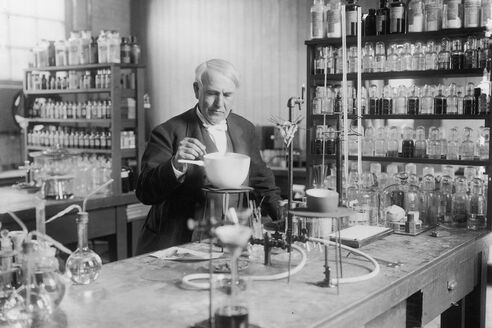
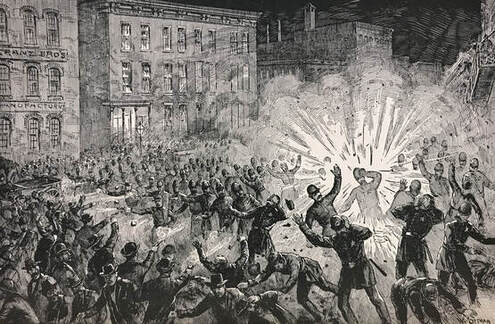
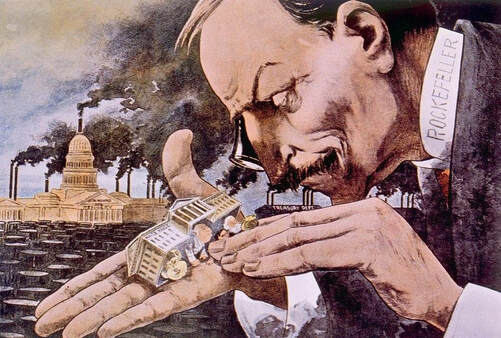
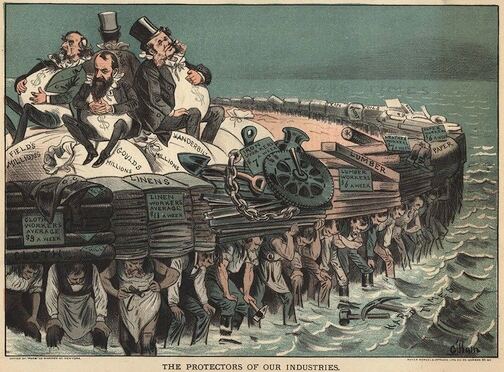
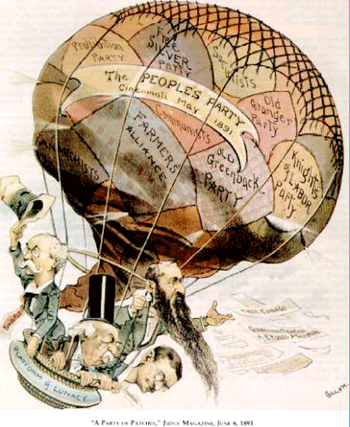
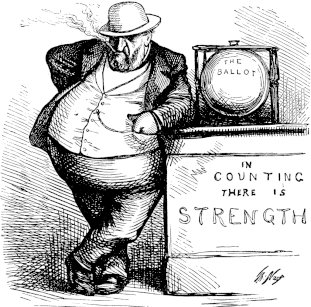
 RSS Feed
RSS Feed
